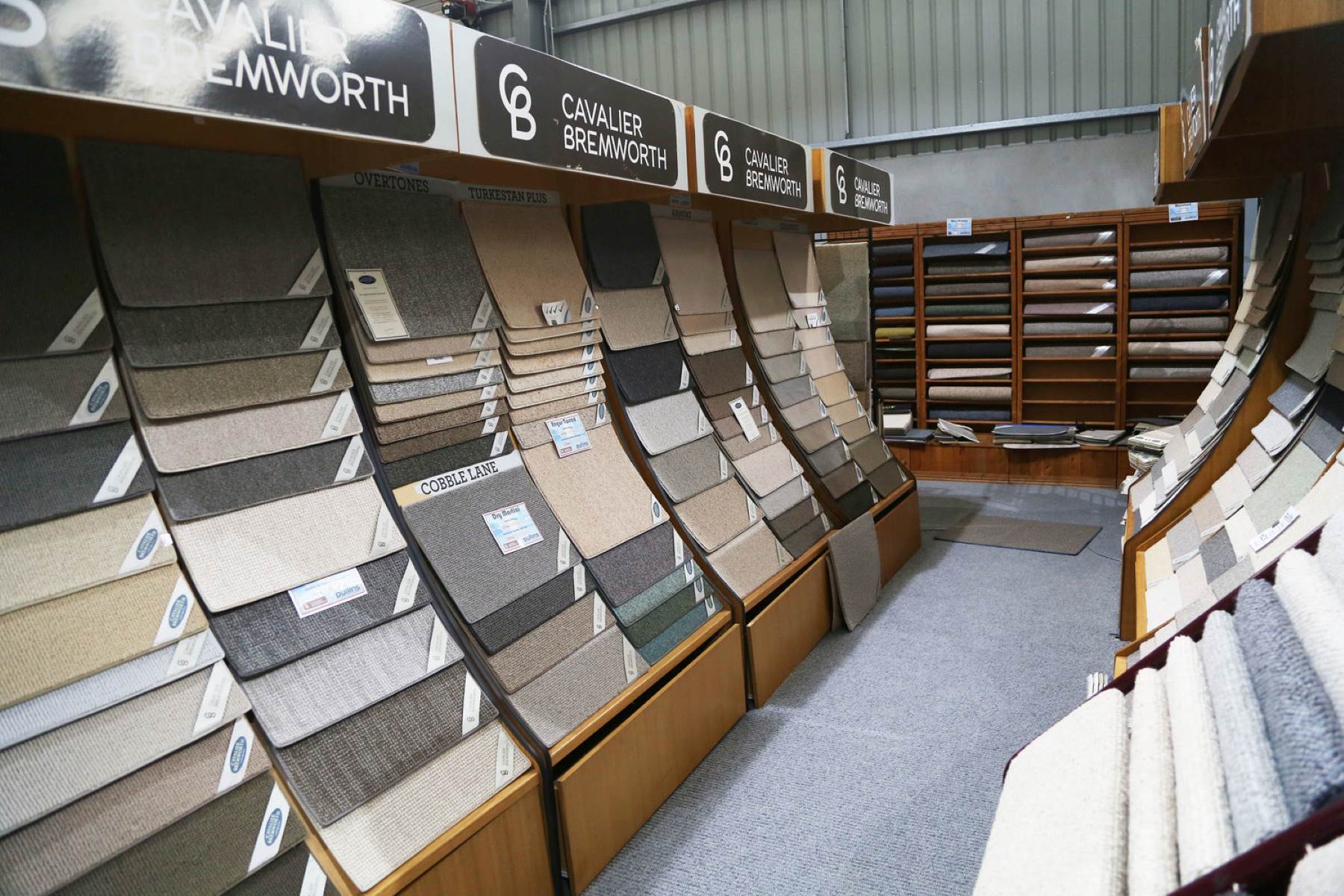

Articles
How To Display Rugs In A Store
Modified: October 20, 2024
Learn how to effectively display rugs in your store with these informative articles. Improve your visual merchandising and increase sales.
(Many of the links in this article redirect to a specific reviewed product. Your purchase of these products through affiliate links helps to generate commission for Storables.com, at no extra cost. Learn more)
Introduction
Welcome to the world of rug displays! As a store owner or manager, you understand the importance of creating an enticing and engaging shopping experience for your customers. When it comes to selling rugs, proper display techniques can make a significant impact on your sales and customer satisfaction. In this article, we will explore the importance of effective rug displays and provide practical tips for creating visually appealing and enticing displays that will captivate your customers and drive sales.
When customers enter your store, their first impression is crucial. A well-designed and thoughtfully arranged rug display can instantly capture their attention and create a positive shopping atmosphere. Whether you are showcasing luxurious Persian rugs, trendy modern designs, or traditional handmade masterpieces, a visually appealing display will highlight the beauty and uniqueness of each rug, enhancing the overall shopping experience for your customers.
Not only does a stunning rug display improve the aesthetic appeal of your store, but it also helps your customers visualize how the rugs will look in their own homes. By creating an immersive and interactive display, you provide a tactile experience that allows customers to touch and feel the textures of the rugs, enabling them to make an informed purchasing decision.
Additionally, an eye-catching rug display can help you differentiate your store from competitors. With the rise of online shopping, it’s more important than ever to provide a unique in-store experience that cannot be replicated online. By investing time and effort in creating attractive rug displays, you create a memorable shopping experience that keeps customers coming back for more.
In the following sections, we will explore various aspects of rug display, including placement considerations, different display techniques, showcasing rug sizes and designs, lighting and ambiance, as well as tips for maintaining and updating your displays. So, let’s dive in and learn how to create compelling rug displays that will leave a lasting impression on your customers!
Key Takeaways:
- Proper rug displays attract attention, build trust, and create an immersive shopping experience. Utilize different techniques, lighting, and ambiance to captivate customers and drive sales.
- Regularly update and maintain rug displays to keep them fresh and appealing. Gather customer feedback, monitor sales, and collaborate with designers to create dynamic and engaging displays.
Read more: How To Store A Rug
Importance of Proper Rug Display
The way you present your rugs in your store can have a significant impact on your sales and customer satisfaction. A well-designed and strategic rug display not only enhances the visual appeal of your store but also helps customers navigate through the different options and make informed purchasing decisions. Let’s explore why a proper rug display is so important:
1. Attracts Attention: An attractive and well-organized rug display can catch the eye of passersby and entice them to step into your store. By showcasing beautifully arranged rugs, you create a visually appealing storefront that sets you apart from competitors and draws customers in.
2. Builds Trust: A well-curated rug display demonstrates your expertise and attention to detail. When customers see that you have taken the time to present your rugs with care and consideration, they are more likely to trust the quality of your products and feel confident in making a purchase.
3. Creates an Immersive Experience: By arranging your rugs in a way that allows customers to interact with them, you create a tactile experience that enhances the shopping journey. Customers can touch and feel the textures, assess the thickness, and imagine how the rug will look in their own space. This hands-on experience helps them connect with the product and make a more informed decision.
4. Facilitates Comparison: Proper rug placement and organization make it easier for customers to compare different options. By grouping rugs based on size, style, or material, customers can quickly navigate through the choices and find what suits their preferences. This not only saves time but also encourages customers to explore a wider range of options.
5. Enhances Visual Appeal: A visually stunning rug display can create a strong emotional impact on customers. By arranging rugs in an aesthetically pleasing manner, incorporating colors and patterns that complement each other, you create a visually appealing display that captures attention and creates a positive shopping experience.
6. Promotes Upselling: A well-designed rug display can encourage customers to consider higher-end options or complementary accessories. By showcasing premium rugs or coordinating home décor items alongside the displayed rugs, you can plant the seed for additional purchases and increase your average transaction value.
7. Boosts Sales: Ultimately, a proper rug display drives sales. It not only attracts customers but also helps them visualize the product in their own space, which increases their likelihood of making a purchase. An engaging and enticing display can create a sense of urgency and push customers to make a buying decision.
By understanding the significance of proper rug display, you can create a shopping experience that delights customers, boosts sales, and sets your store apart from the competition. Now, let’s explore the key elements of creating an eye-catching rug display.
Creating an Eye-Catching Rug Display
When it comes to creating an eye-catching rug display, careful planning and attention to detail are key. By incorporating design principles and utilizing effective display techniques, you can create a visually stunning display that captures the attention of your customers. Here are some tips to help you create an eye-catching rug display:
1. Start with a Focal Point: Choose a standout rug or a group of rugs that will serve as the focal point of your display. This rug should grab attention and immediately draw customers’ eyes towards it. Consider showcasing a rug with a bold pattern, vibrant color, or unique design to make a statement.
2. Use Color and Contrast: When arranging your rugs, pay attention to color combinations and contrast. Experiment with complementary or contrasting colors to create visual interest and make your rugs pop. Consider using a neutral-colored backdrop to allow the colors of the rugs to stand out even more.
3. Layering Technique: Layering rugs can add depth and texture to your display. Experiment with different sizes and styles of rugs to create visually appealing layers. Place larger rugs as a base and layer smaller rugs on top to create dimension and intrigue.
4. Consider Balance and Symmetry: Achieving balance and symmetry in your rug display can create a pleasing and harmonious visual effect. Place rugs of similar sizes and designs on opposite sides of the display to create balance. Consider using rugs of different shapes and sizes to add variety while still maintaining symmetry.
5. Utilize Props and Accessories: Incorporating props and accessories can enhance the overall visual appeal of your rug display. Consider using decorative items, such as pillows, vases, or furniture, to create a styled setting that showcases the versatility and potential uses of the rugs.
6. Create Different Heights: Varying the height of your rug display can add interest and make it more visually engaging. Use platforms, risers, or even furniture to create different levels within your display. This will help showcase different rugs and prevent the display from looking flat.
7. Allow Space for Movement: Ensure that there is enough space between the rugs in your display to allow customers to walk around and navigate comfortably. Avoid overcrowding the display, as this can make it overwhelming and hinder customers’ ability to focus on individual rugs.
8. Regularly Update the Display: Keep your rug display fresh by regularly rotating and updating the rugs on display. This will give returning customers something new to see and keep your store looking dynamic and inviting. Consider changing the display seasonally or based on trends to attract repeat customers.
9. Use Signage and Information: Provide informative signage or labels that highlight key features of the rugs, such as material, size, or origin. This helps customers make informed choices and adds a professional touch to your display. Consider providing additional information about the benefits and care instructions for each type of rug.
By following these tips, you can create an eye-catching rug display that captivates customers and encourages them to explore and engage with your products. Remember, a well-designed and visually appealing display can significantly impact customer interest and ultimately lead to increased sales. Next, let’s explore the considerations for proper rug placement in your store.
Considerations for Rug Placement
The placement of your rugs within your store plays a vital role in creating an inviting and seamless shopping experience for your customers. Careful consideration of rug placement ensures that your customers can easily navigate through your store, explore different options, and fully experience the rugs on display. Here are some key considerations for rug placement:
1. Traffic Flow: Consider the natural flow of customer traffic within your store. Place rugs in high-traffic areas to maximize visibility and engagement. Use rugs to guide customers towards specific sections or focal points in your store, such as a premium rug collection or a featured promotion.
2. Define Spaces: Utilize rugs to define different areas or sections within your store. For example, you can use rugs to create a designated area for showcasing a particular style or theme. This not only helps organize your store but also makes it easier for customers to browse and locate the rugs they are interested in.
3. Highlight Special Rugs: Draw attention to special or high-end rugs by placing them in prominent areas of your store. Consider placing them near the entrance or in a central location so that they immediately capture customers’ attention and generate interest.
4. Clearance Space: Ensure that there is sufficient space around each rug, allowing customers to step back and fully appreciate its beauty. Avoid cluttered displays that make it difficult for customers to focus on individual rugs. Providing ample clearance space also prevents potential accidents or damages to the rugs.
5. Consider Rug Size: When placing rugs, consider their sizes and proportions. Large rugs are often best displayed on the floor, while smaller rugs can be hung on walls or displayed on stands. Create a variety of rug sizes throughout your store to cater to the diverse needs and preferences of your customers.
6. Balance Styles: Distribute rugs of different styles and designs evenly throughout your store. This ensures that customers can explore a range of options and find rugs that suit their personal taste. Avoid grouping similar rugs together, as this can make the display feel monotonous.
7. Lighting Considerations: Pay attention to the lighting in your store, as it can greatly impact the appearance of your rugs. Ideally, use natural lighting to showcase the true colors and textures of the rugs. If natural light is not available, invest in warm and adjustable lighting fixtures that enhance the beauty of the rugs.
8. Accessibility: Make sure that your rug displays are easily accessible to all customers, including those with disabilities or mobility issues. Consider the height of displays, positioning of rugs, and the availability of ramps or elevators to ensure that everyone can engage with your products comfortably.
9. Seasonal Changes: Keep in mind that rug placement may need to be adjusted seasonally or based on trends. For example, during the colder months, you may want to showcase cozy and warm rugs closer to the entrance or in areas where customers are likely to spend more time. Stay flexible and adapt your rug placement strategy to meet the changing demands and preferences of your customers.
By considering these factors when placing your rugs, you can create a well-organized and visually pleasing display that maximizes customer engagement and ultimately boosts sales. Next, let’s explore different techniques you can use to effectively display your rugs.
Utilizing Different Display Techniques
When it comes to showcasing your rugs, using different display techniques can add visual interest and create an engaging shopping experience for your customers. By incorporating a variety of techniques, you can highlight the unique features of each rug and make your store more captivating. Here are some effective display techniques to consider:
1. Wall Hanging: Hang rugs on walls to create a visually striking display that showcases their patterns and designs. Use sturdy hooks or specially designed rug hangers to ensure the rugs are securely displayed. This technique is particularly effective for smaller rugs or tapestries that can be appreciated from a distance.
2. Roll & Stack: Roll larger rugs and stack them vertically to create an appealing display. This technique allows customers to easily flip through and explore different rug options. Using a variety of colors, patterns, or textures in the stacked rugs can make the display more visually appealing.
3. Floor Display: Place rugs on the floor, either flat or slightly folded, to give customers a realistic experience of how the rugs would look in their own space. This technique allows customers to touch and feel the texture of the rugs and gives them a better understanding of the rug’s thickness and quality.
4. Theme-based Arrangement: Create thematic or mood-based displays to spark customers’ imagination and help them envision how a rug can enhance a specific theme or style. For example, you can create a beach-themed display with rugs featuring beach-inspired colors and patterns, or a cozy winter display with rugs in warm and plush materials.
5. Group by Size or Style: Group rugs together based on their size, style, or collection. This helps customers easily find rugs that fit their desired specifications and allows them to compare different options within a specific category. Use signage or labels to guide customers and provide information about the rugs in each group.
6. Use Mannequins or Furniture: Showcase rugs by placing them on mannequins or furniture pieces to create a styled and realistic setting. This technique helps customers visualize how the rug could complement their existing furniture or home decor. Position rugs on chairs, beds, or tables to demonstrate their versatility and potential use in different areas of the home.
7. Feature Unique Rug Details: Highlight special features or intricate details of rugs by selecting specific parts to highlight. For example, you can fold a rug in a way that showcases its intricate borders or fold it to highlight a specific pattern or design element. This draws attention to the impressive craftsmanship and unique elements of the rug.
8. Rotate and Refresh Displays: Regularly rotate and refresh your rug displays to keep them interesting and appealing to repeat customers. Change the arrangement, swap out rugs, or introduce new themes or color schemes to keep the displays dynamic and encourage customers to explore and discover new rugs each time they visit your store.
By utilizing a combination of these display techniques, you can create visually appealing and engaging rug displays that leave a lasting impression on your customers. Remember to experiment, have fun, and adjust your displays based on the feedback and preferences of your customers. Next, let’s explore how you can effectively showcase different rug sizes and designs in your store.
When displaying rugs in a store, consider using different textures and colors to create visual interest. Layering rugs can also help customers visualize how the rugs will look in their own homes.
Read more: How To Store A Wool Rug
Showcasing Rug Sizes and Designs
When it comes to showcasing rugs in your store, it’s important to effectively display their various sizes and designs. By providing a wide range of options and presenting them in an organized and visually appealing manner, you can cater to the diverse needs and preferences of your customers. Here are some tips for effectively showcasing rug sizes and designs:
1. Group by Size: Organize rugs by size to make it easier for customers to navigate through your store and find the right fit for their space. Dedicate specific areas or sections for rugs of different sizes, such as small, medium, and large. This helps customers quickly locate and compare rugs based on their desired dimensions.
2. Create Size Vignettes: Create vignettes that showcase different rug sizes in staged settings. For example, you can create a living room display with a large rug as the centerpiece, surrounded by smaller rugs that complement the design. This helps customers visualize how different rug sizes can work together in their own homes.
3. Pair Large and Small Rugs: Pairing a large rug with a smaller one can create visual interest and show customers how rugs of different sizes can be coordinated. For example, you can place a large rug in the center of a display area and layer smaller rugs on top or around it. This technique allows customers to see how different sizes and designs can complement each other.
4. Highlight Unique Designs: Showcase rugs with unique designs or patterns in a more prominent area of your store. These eye-catching rugs can be displayed on walls, stands, or featured in window displays to attract attention. Make sure to provide information about the design inspiration or cultural significance of these rugs to generate interest and educate your customers.
5. Theme-based Displays: Create displays that highlight specific design themes or styles. For example, you can showcase rugs with intricate geometric patterns, bold floral designs, or intricate traditional motifs. This allows customers to easily find rugs that match their preferred design aesthetic and helps them explore different design options within a specific theme.
6. Mix and Match Colors and Patterns: Display rugs of different colors, patterns, and textures together to create a visually diverse and inviting display. Mix contrasting and complementary colors to create an attractive and dynamic visual effect. Experiment with different arrangements and combinations to showcase the versatility of your rug collection.
7. Use Samples or Swatches: Create a designated area where customers can view samples or swatches of rugs. This allows them to see the texture, feel the materials, and get a closer look at the colors and details. By providing these samples, you make it easier for customers to make decisions and envision how the full-size rugs would look in their space.
8. Use Signature Pieces: Designate a section of your store for showcasing signature rugs or limited-edition collections. These unique rugs can be displayed in a special area or under spotlights to emphasize their exclusivity. This creates a sense of excitement and encourages customers to explore these special pieces.
By implementing these techniques, you can effectively showcase the different sizes and designs of your rugs, making it easier for customers to navigate your store and find rugs that match their preferences. Remember to regularly update your displays and introduce new rug designs to keep your offerings fresh and appealing. Next, let’s explore the importance of lighting and ambiance in creating an impactful rug display.
Lighting and Ambiance for Rug Displays
When creating a compelling rug display, the right lighting and ambiance play a crucial role in highlighting the beauty and intricacies of each rug. Proper lighting not only enhances the colors and textures of the rugs but also creates a welcoming and immersive shopping experience for your customers. Here are some key considerations for lighting and ambiance in your rug displays:
1. Natural Light: Whenever possible, leverage natural light to showcase your rugs. Position your displays near windows or skylights to allow the natural light to illuminate the rugs. Natural light provides a more accurate representation of the colors and textures, allowing customers to appreciate the true beauty of the rugs.
2. Adjustable Lighting Fixtures: Invest in adjustable lighting fixtures that allow you to control the intensity and direction of the light. This versatility enables you to create different moods and highlight specific areas or rugs in your display. Use spotlights to draw attention to particular rugs or create gentle, diffused lighting for an overall inviting ambiance.
3. Warm and Cozy Lighting: Warm lighting creates a cozy and inviting atmosphere in your store. Consider using warm-toned light bulbs or adding warm lighting elements, such as lamps or string lights, to create a relaxing and comfortable shopping environment. Warm lighting also enhances the richness and depth of the rug colors.
4. Accent Lighting: Use accent lighting to highlight specific rugs or design elements. Place adjustable spotlights above or beside featured rugs to draw attention to their unique patterns, textures, or details. This technique is particularly effective for showcasing intricate handmade designs or rugs with complex patterns.
5. Proper Placement of Lighting Fixtures: Strategically position your lighting fixtures to ensure that the rugs are evenly and adequately illuminated. Avoid casting shadows or creating harsh lighting that may distort the appearance of the rugs. Experiment with the placement of fixtures to find the optimal position that enhances the visibility and attractiveness of your rugs.
6. Layered Lighting: Consider using a combination of different lighting sources to create layers of light in your store. By using a mix of overhead lighting, floor lamps, and accent lighting, you can achieve a multidimensional effect that adds depth and visual interest to your rug displays.
7. Mirrors and Reflective Surfaces: Utilize mirrors or reflective surfaces strategically to enhance the lighting in your rug display. Placing mirrors behind or near the rugs can help bounce light around the space, creating a brighter and more spacious feel. This technique also adds a touch of elegance and sophistication to your display.
8. Music and Scent: Enhance the overall ambiance of your rug display by incorporating soothing background music and subtle scents. Soft music can create a relaxing and pleasant atmosphere, while pleasing scents can help create a sensory experience that adds to the overall enjoyment of your customers’ shopping journey.
9. Thoughtful Store Décor: Pay attention to the overall store design and décor elements to create a cohesive and visually appealing environment. Coordinated color schemes, stylish furniture, and thoughtfully placed decorations can all contribute to a welcoming and enticing ambiance that complements your rug displays.
By carefully considering the lighting and ambiance of your rug displays, you can create an immersive and captivating shopping experience for your customers. The right lighting not only enhances the beauty of the rugs but also creates a pleasant and memorable environment that encourages customers to explore and appreciate your offerings. Finally, let’s discuss the importance of maintaining and updating your rug displays.
Maintaining and Updating Rug Displays
Maintaining and regularly updating your rug displays is essential to keep your store looking fresh, attract customers, and maximize sales. By following a few key practices, you can ensure that your rug displays remain visually appealing and engaging. Here are some tips for maintaining and updating your rug displays:
1. Regular Cleaning: Dust, dirt, and stains can quickly accumulate on rugs, affecting their appearance and attractiveness. Implement a regular cleaning routine to keep your rugs in pristine condition. Vacuum them regularly to remove loose dirt and debris, and consider professional cleaning for more thorough maintenance.
2. Proper Rug Care: Educate your staff and customers about proper rug care to ensure that the displayed rugs retain their quality and appeal. Display informative signage or provide literature that outlines care instructions for each type of rug. This helps customers understand the maintenance requirements and ensures that the rugs stay in top condition.
3. Rotation and Reorganization: Regularly rotate and reorganize the rugs in your displays to create a fresh and updated look. Move rugs to different areas of your store, group them differently, or experiment with new arrangements. This gives returning customers a new experience and creates a sense of excitement for potential buyers.
4. Seasonal Themes and Trends: Stay up-to-date with the latest trends and design preferences in the rug industry. Incorporate seasonal themes or trending colors into your displays to appeal to customers’ changing tastes. This shows that your store is relevant and in touch with the current market demands.
5. Collaborate with Designers: Collaborate with interior designers or stylists to curate and update your rug displays. Designers can provide valuable insights, suggest fresh arrangements, and introduce new design ideas that appeal to a wider customer base. This collaboration can also lead to cross-promotion opportunities and increased visibility.
6. Highlight New Arrivals: Create a dedicated area or section for showcasing new rug arrivals. This helps draw attention to the latest additions to your collection and creates a sense of exclusivity. Use signage or labels to indicate that these rugs are new, enticing customers to explore and discover the latest offerings.
7. Regular Store Layout Updates: Periodically update the layout of your store to keep customers engaged and curious. Rearrange furniture, change the positioning of displays, or create new paths for customers to explore. This gives the impression of a dynamic and evolving store, encouraging customers to keep coming back for new experiences.
8. Gather Customer Feedback: Regularly seek feedback from your customers about their experience with your rug displays. Ask for their opinions on the layout, lighting, and overall appeal. This valuable feedback can help you make informed decisions about updates and improvements to enhance the customer experience.
9. Monitor Sales and Performance: Pay attention to sales data and monitor the performance of your rug displays. Identify which rugs or display techniques are generating the most interest and sales. Use this information to make informed decisions about which rugs to highlight and how to create effective displays that appeal to your target audience.
By following these practices, you can ensure that your rug displays are consistently engaging, visually appealing, and up-to-date. Regular maintenance and updating of your displays demonstrate your commitment to providing a fresh and exciting shopping experience for your customers, ultimately leading to increased sales and customer satisfaction.
Now that you have learned about the importance of maintaining and updating your rug displays, you are well-equipped to create captivating displays that leave a lasting impression on your customers. With the right attention to detail, creativity, and ongoing efforts, your rug displays can become a visual treat that attracts customers and drives business growth.
P.S. Remember to always keep an eye on the latest industry trends and customer preferences to stay ahead of the competition and continually improve your rug displays!
Conclusion
Creating an engaging and visually appealing rug display is a crucial aspect of running a successful store. By taking the time to strategically arrange and showcase your rugs, you can enhance the overall shopping experience for your customers and drive sales. Through the use of proper rug placement, different display techniques, and attention to lighting and ambiance, you can create displays that captivate and inspire.
Remember, a well-designed rug display attracts attention, builds trust, and creates an immersive experience for your customers. It allows them to visualize how the rugs will look in their own homes and facilitates easier comparison between different options. A visually stunning rug display not only enhances the aesthetic appeal of your store but also sets you apart from your competitors.
Utilizing different display techniques, such as wall hangings, floor displays, or themed arrangements, adds variety and visual interest to your store. By showcasing different rug sizes and designs, you cater to the diverse preferences of your customers and create an environment where they can explore and discover rugs that suit their personal style.
Lighting and ambiance play a significant role in highlighting the beauty and details of your rugs. By utilizing natural light, adjustable fixtures, and ambiance-enhancing elements, you create a comfortable and inviting atmosphere that encourages customers to engage with your displays and make informed purchasing decisions.
Another crucial aspect of maintaining a successful rug display is regularly updating and refreshing your displays. By rotating rugs, incorporating seasonal themes, and collaborating with designers, you keep your displays fresh and enticing. Regular updates not only attract repeat customers but also showcase your dedication to providing a dynamic and evolving shopping experience.
Finally, regularly gather feedback from your customers and monitor sales to continuously improve your rug displays. By listening to your customers’ preferences and using sales data to inform your decisions, you can create displays that resonate with your target audience and drive business growth.
In conclusion, creating an effective rug display requires a combination of creativity, attention to detail, and an understanding of your customers’ preferences. By implementing the strategies and techniques discussed in this article, you can create captivating rug displays that leave a lasting impression on your customers and contribute to the success of your store.
Frequently Asked Questions about How To Display Rugs In A Store
Was this page helpful?
At Storables.com, we guarantee accurate and reliable information. Our content, validated by Expert Board Contributors, is crafted following stringent Editorial Policies. We're committed to providing you with well-researched, expert-backed insights for all your informational needs.
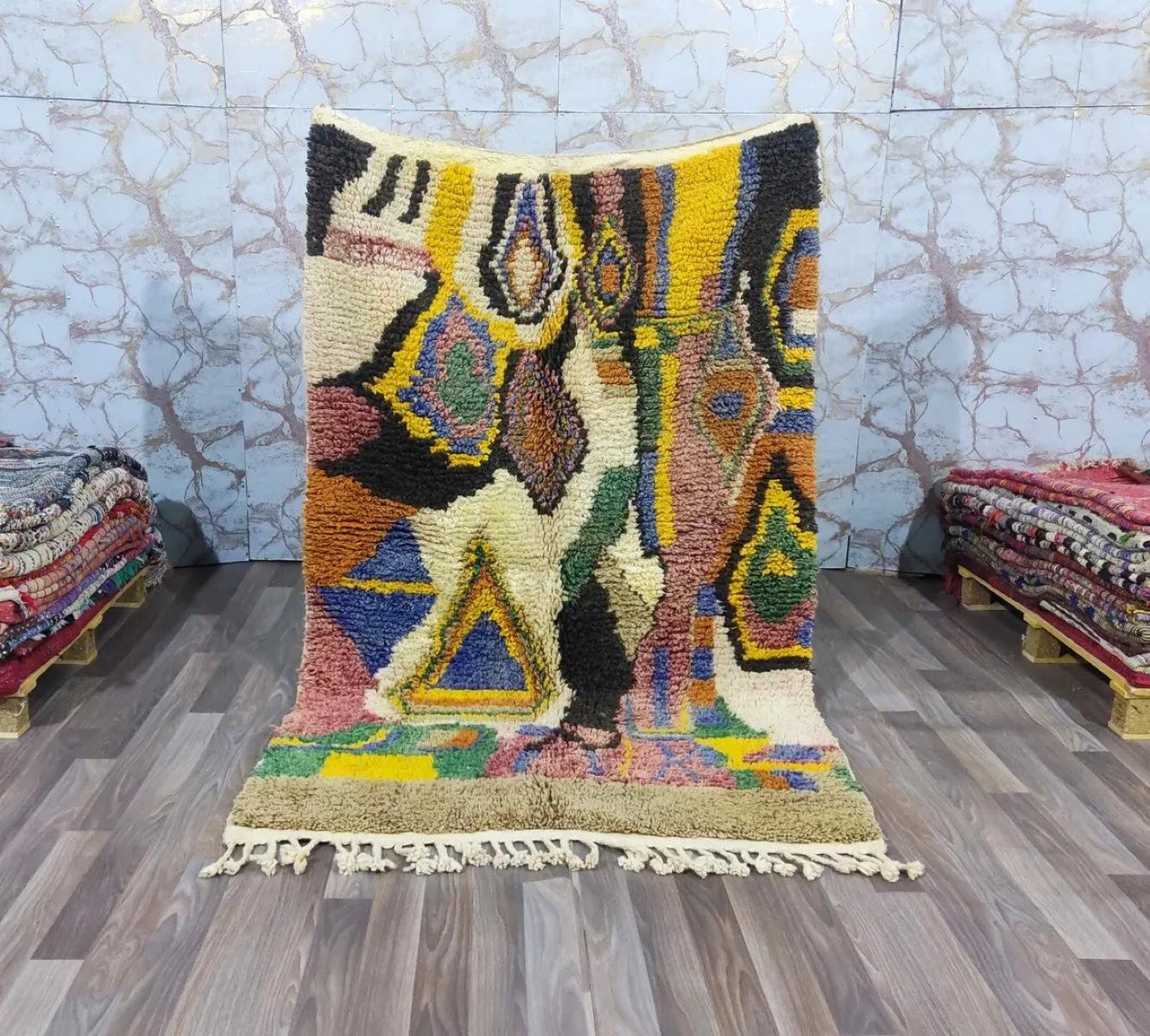
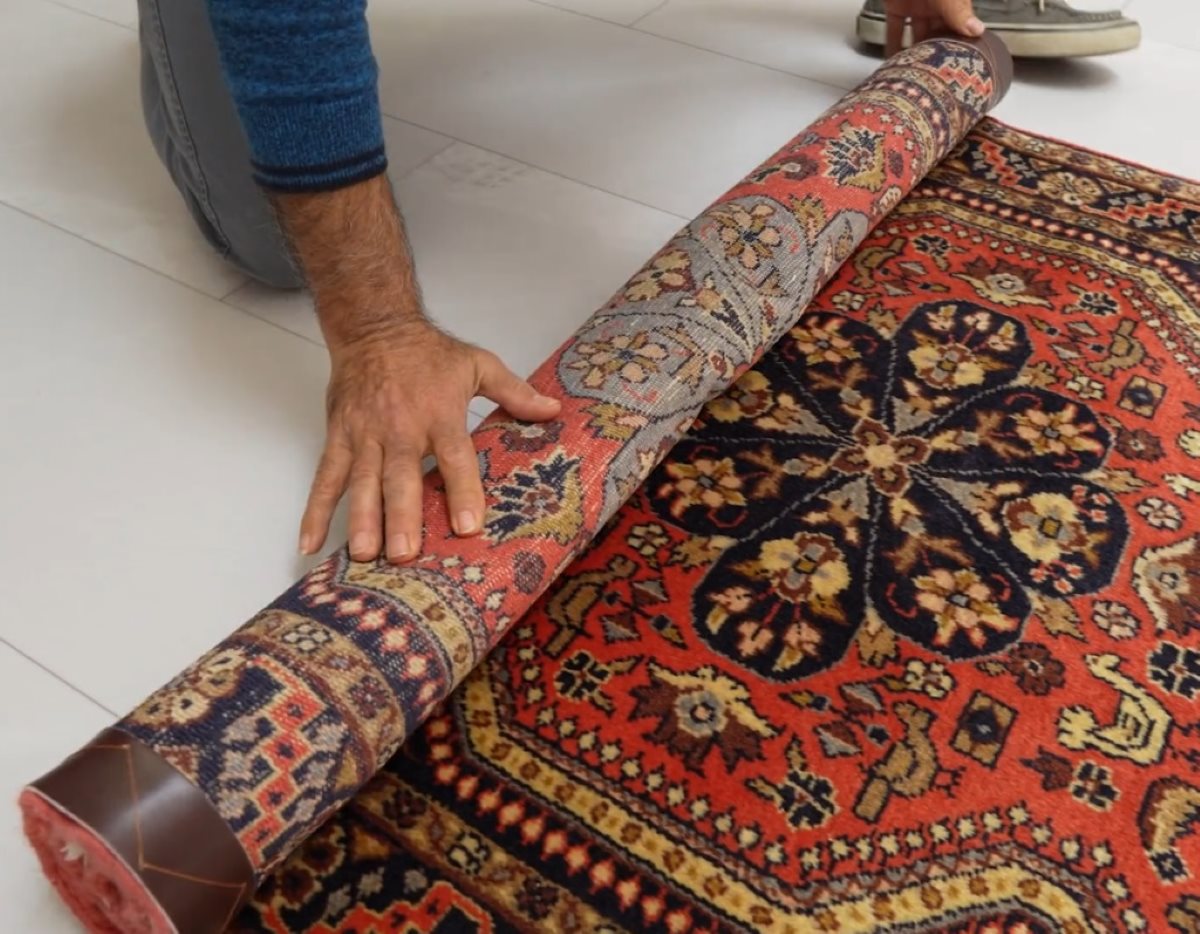
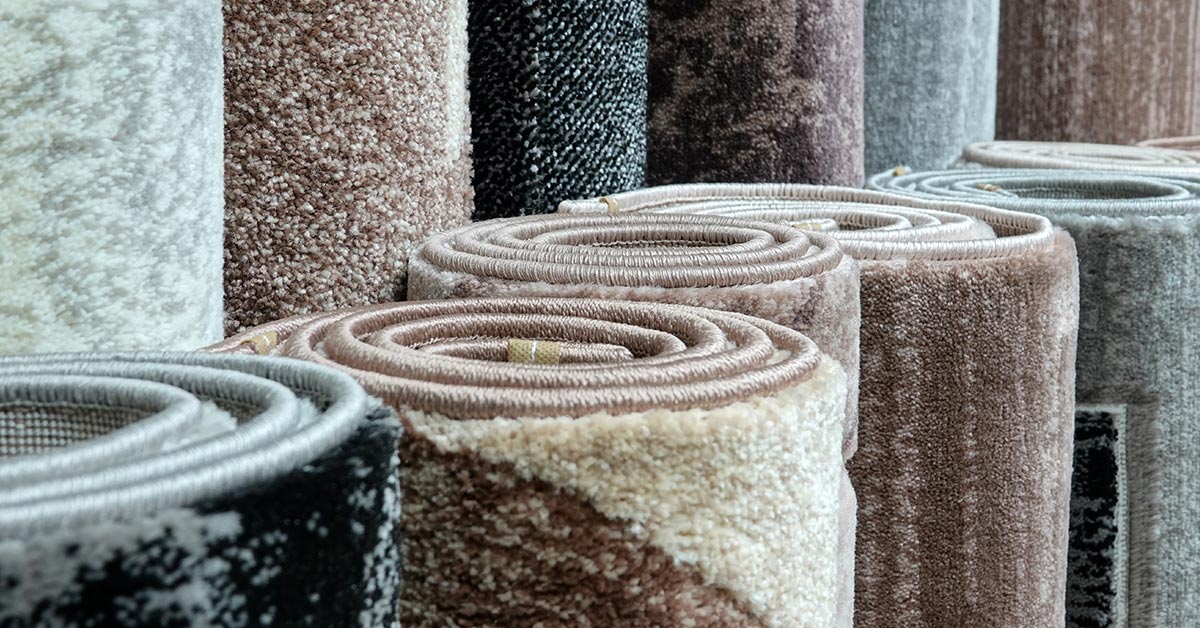
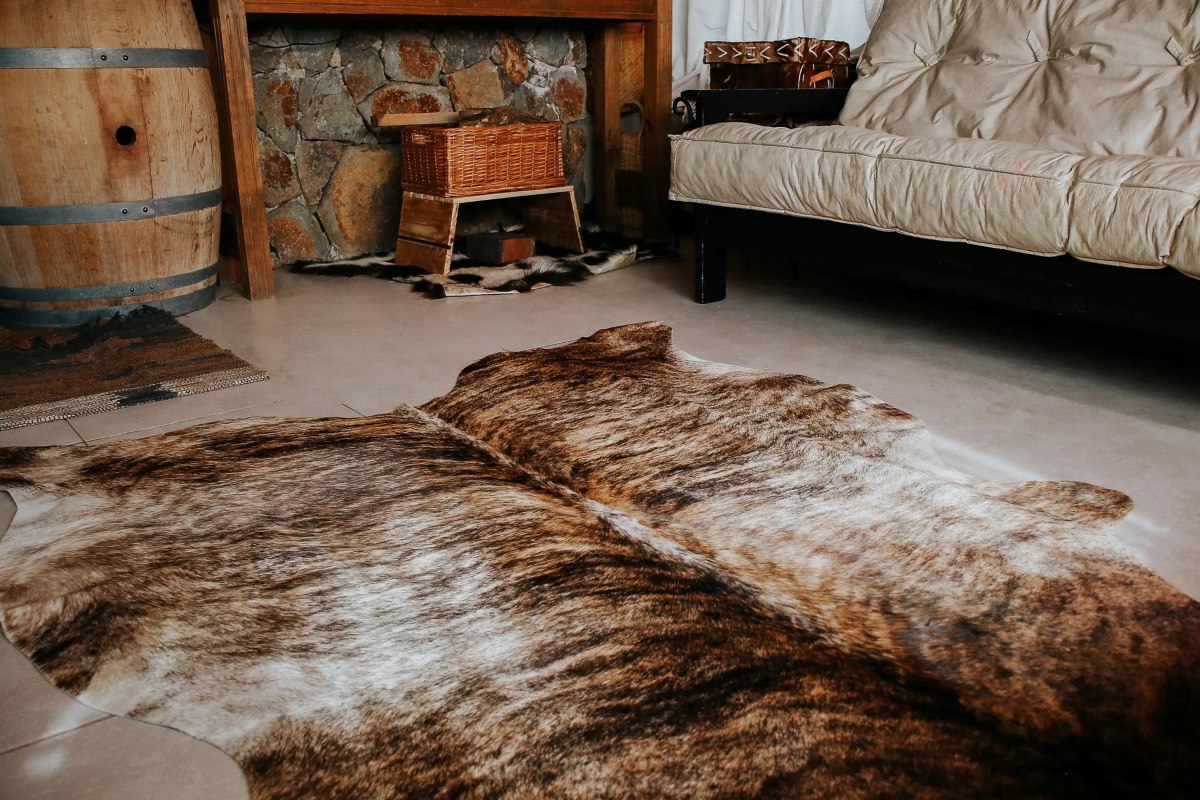
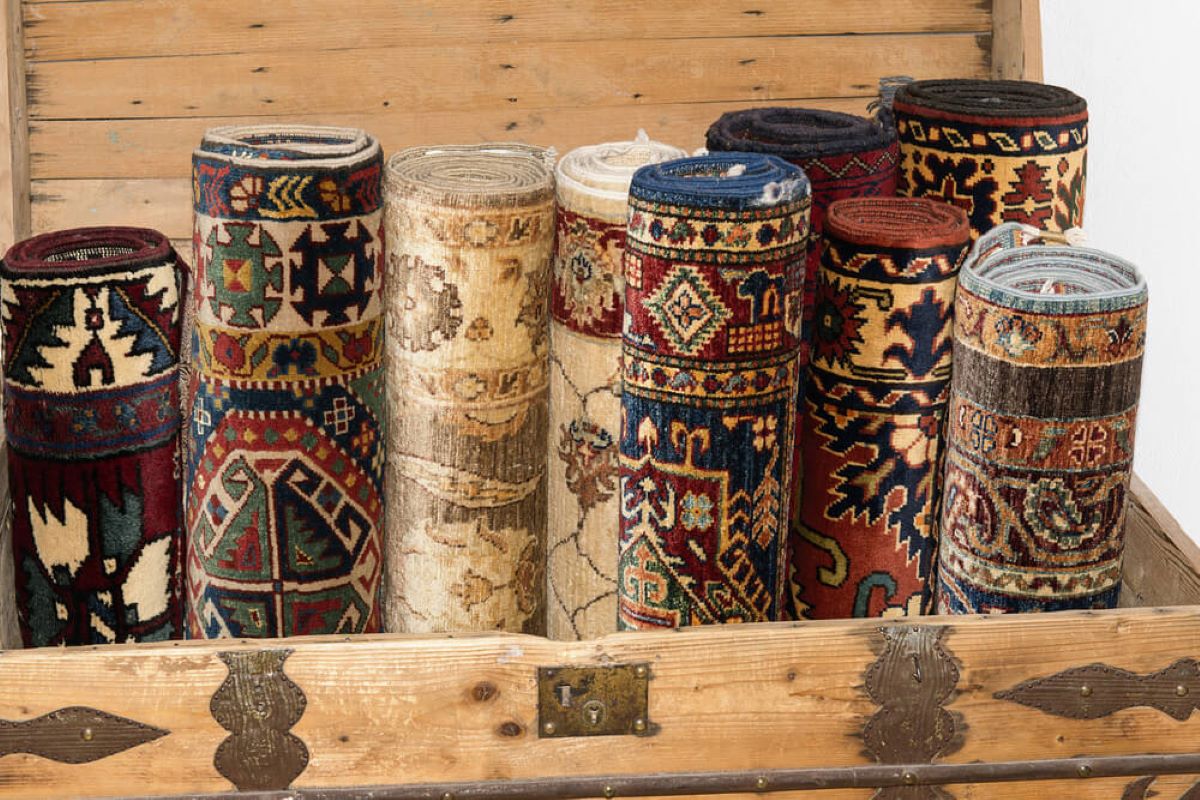

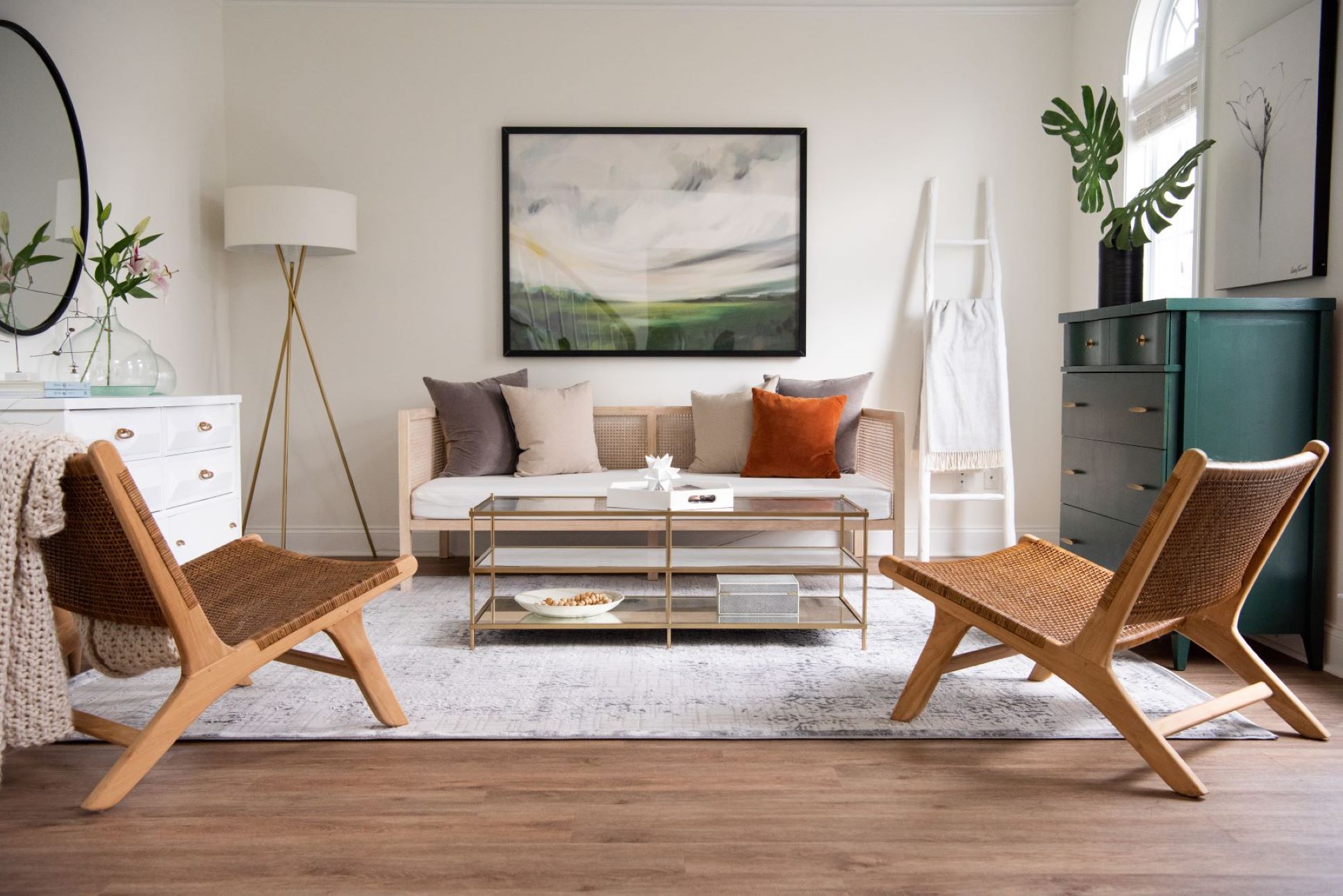
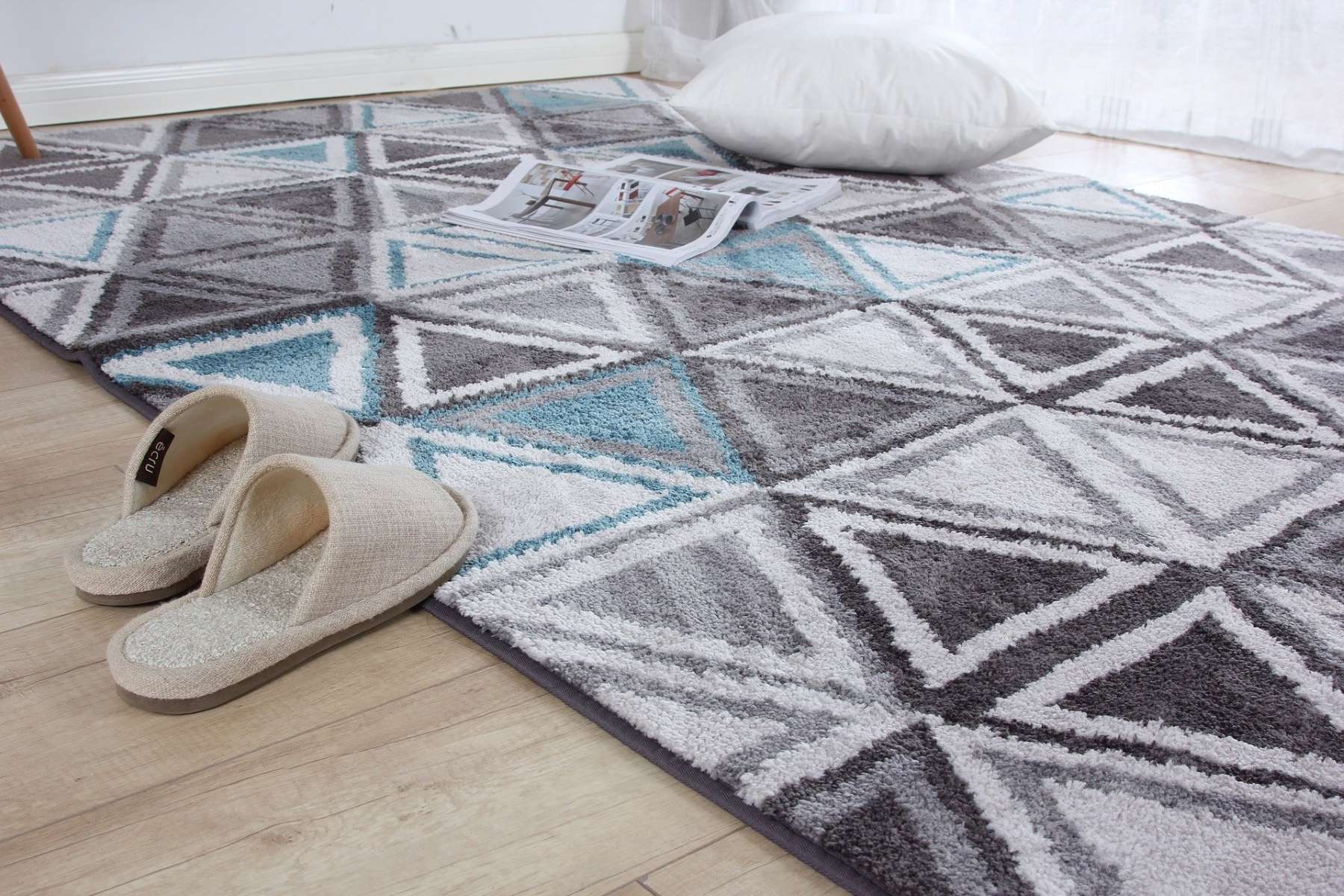

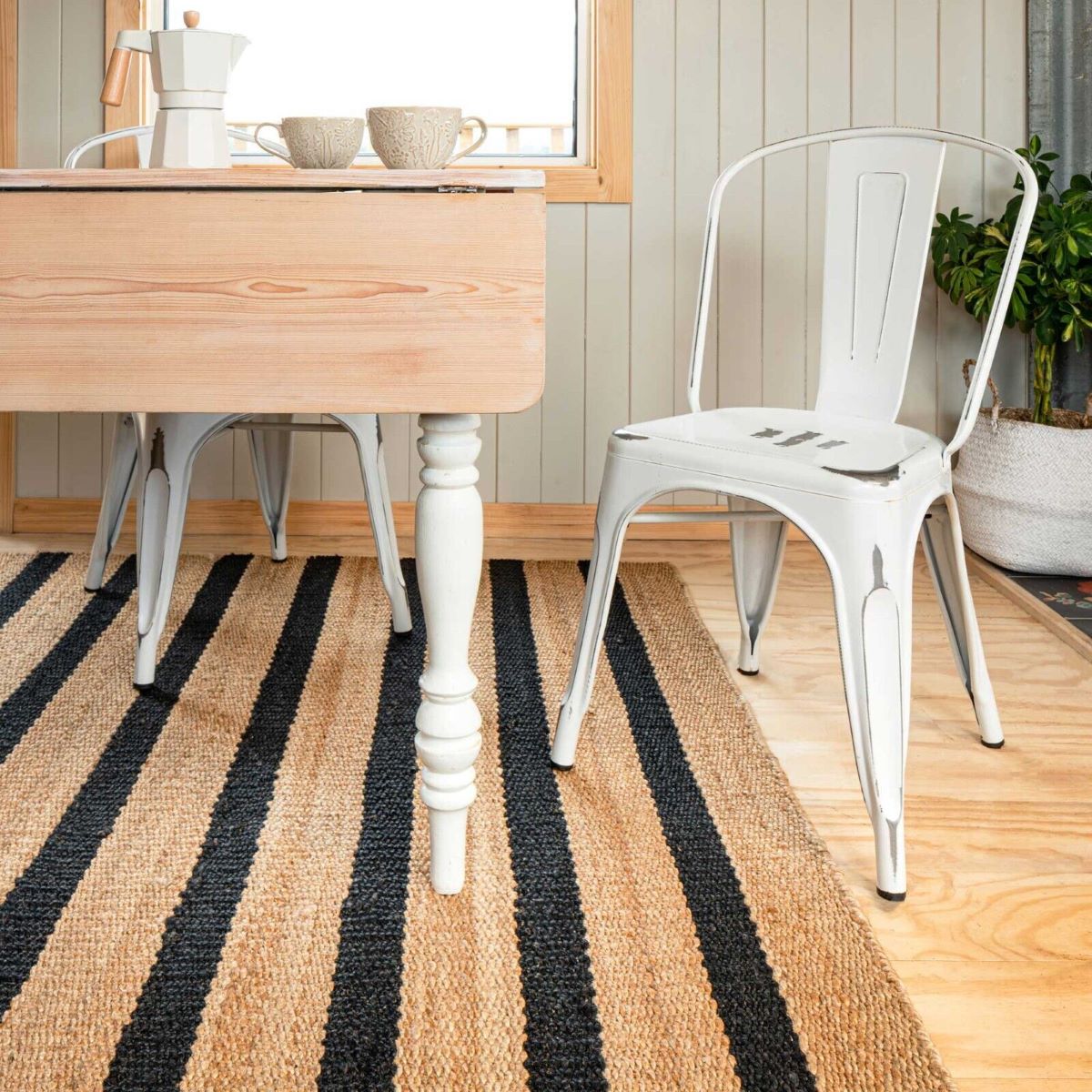

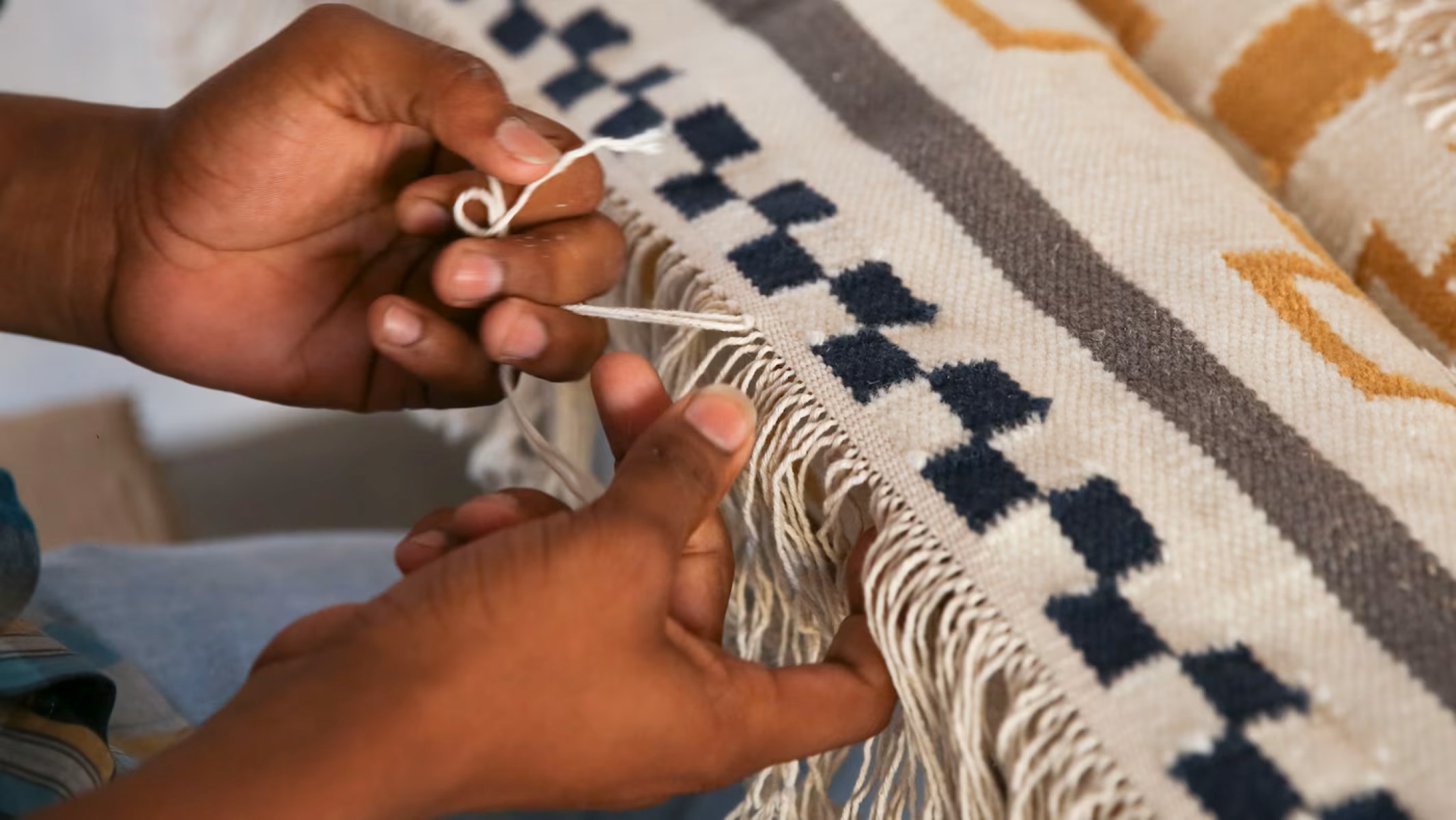
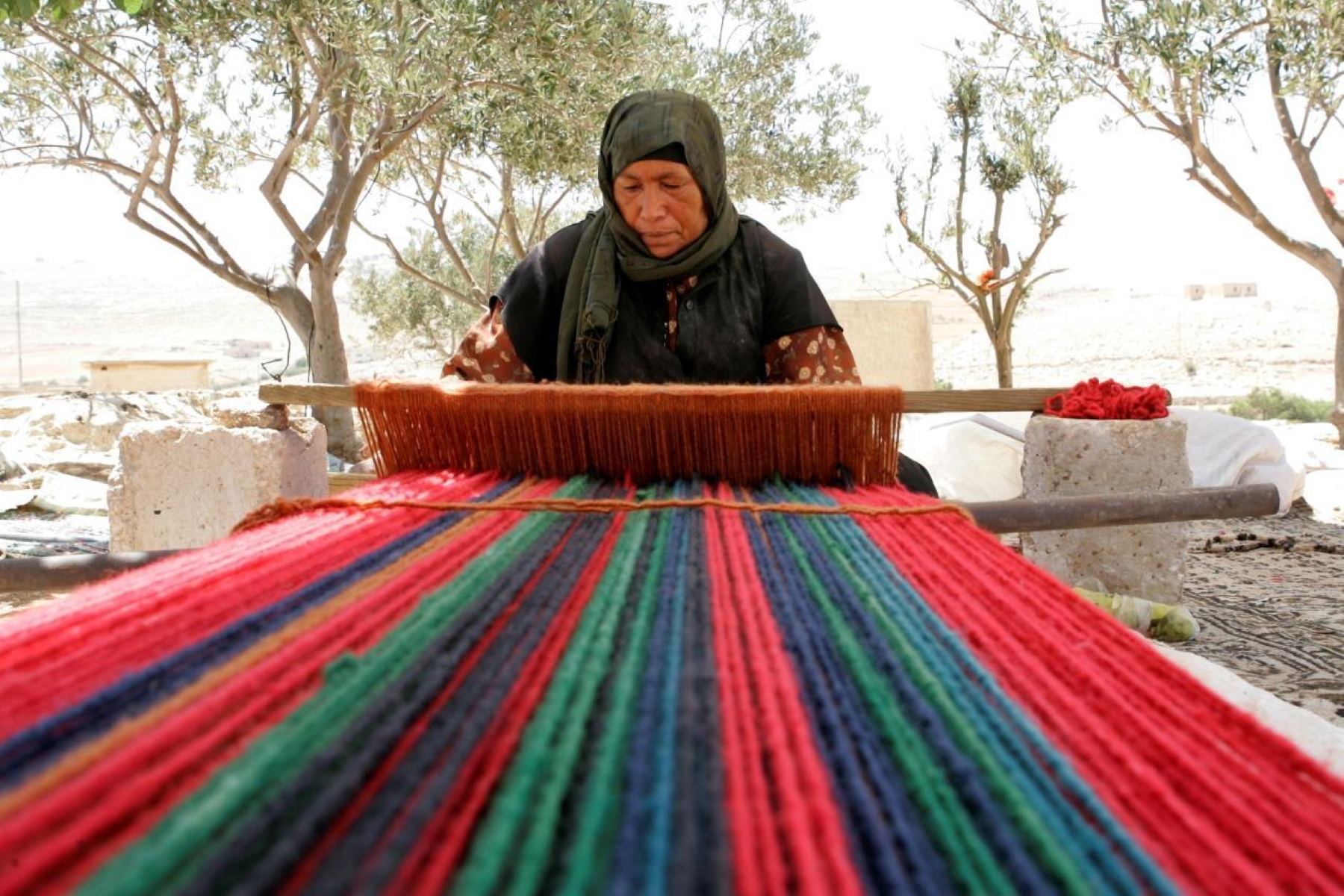
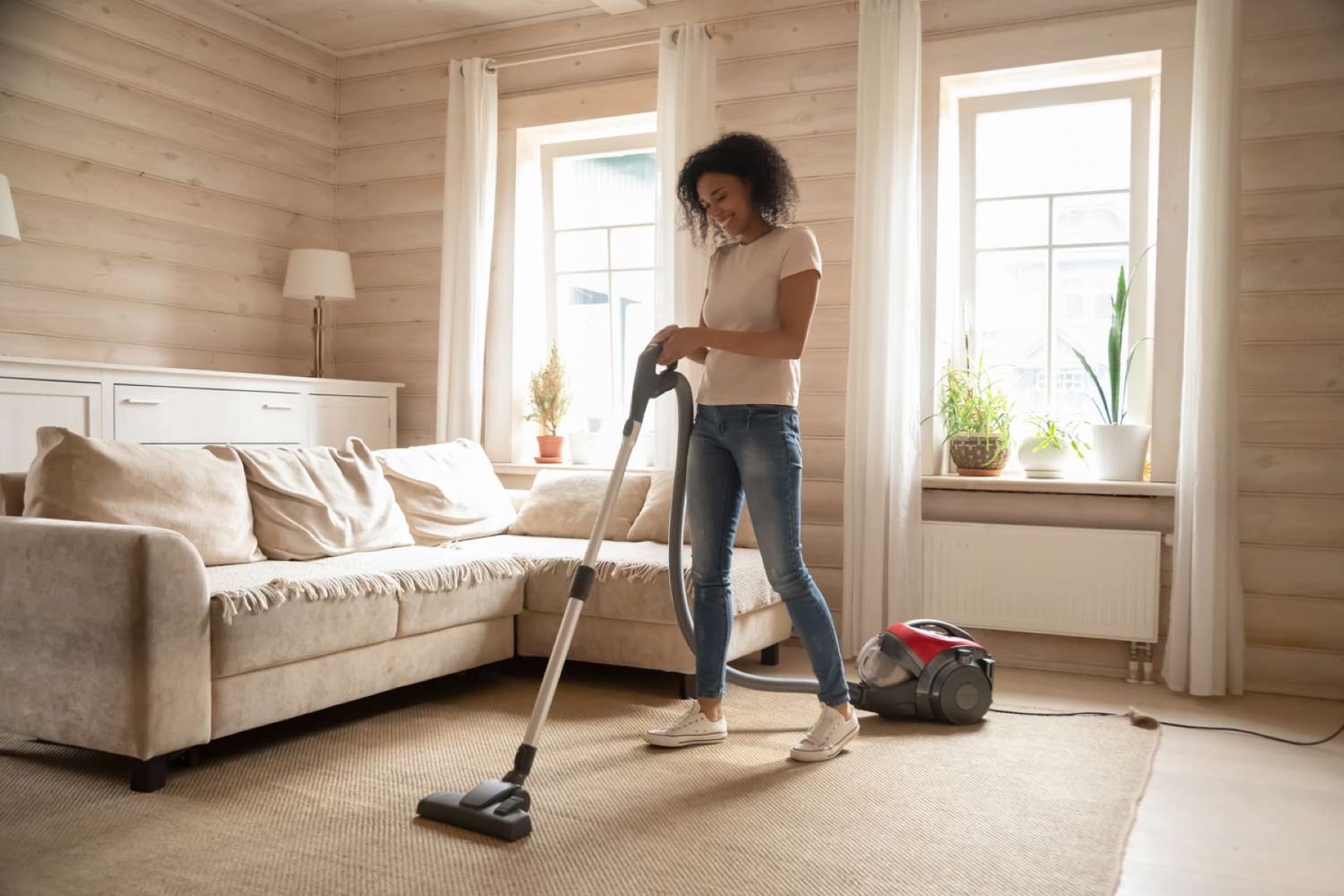

0 thoughts on “How To Display Rugs In A Store”